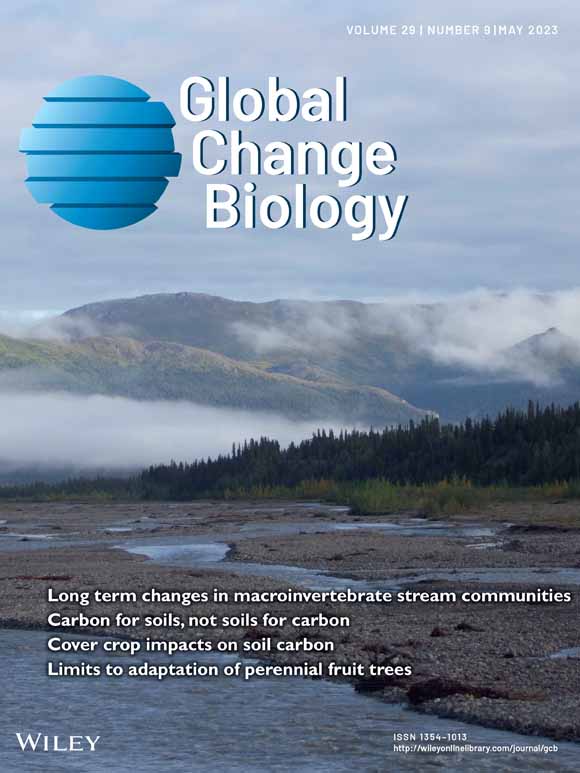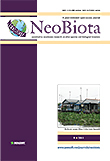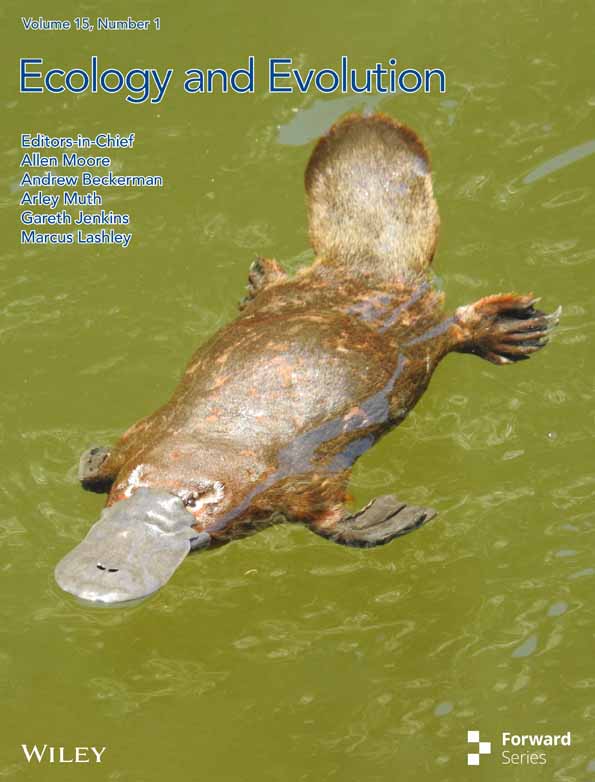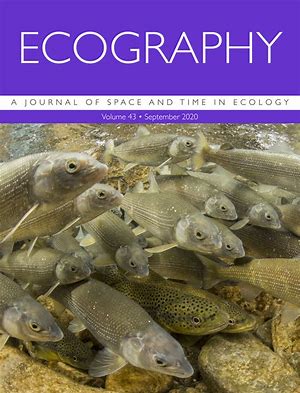- Department:(Dept. 5) Evolutionary and Integrative Ecology

Altered Phenotypic Responses of Asexual Arctic Daphnia After 10 Years of Rapid Climate Change
Freshwater ecosystems in the Arctic are important sentinels for climate change, but not much is known about the potential for rapid adaptation of their asexually reproducing key zooplankton members. Applying a resurrection ecology approach to an asexual Arctic Daphnia population, the authors provide evidence for a change in thermal and hypoxia tolerance within a decade.
Leveraging Massive Opportunistically Collected Datasets to Study Species Communities in Space and Time
Determinants of species' centrality in spatially-connected plant-frugivore networks

Food fight: Gammarus tigrinus demonstrate competitive advantage over native G. duebeni
New fish migrations into the Panama Canal increase likelihood of interoceanic invasions in the Americas
The authors have compared the fish communities of Lake Gatun in the Panama Canal before and after the canal’s expansion in 2016: Marine fish species now make up 76 percent of the total biomass of the fish population and are primarily large predatory fishes. The lake’s food web is changing and local fisheries are impacted. There is also an increased risk of fishes colonizing the opposite ocean.
Urban Environments Promote Adaptation to Multiple Stressors

FAIRification of the DMRichR Pipeline: Advancing Epigenetic Research on Environmental and Evolutionary Model Organisms
Drivers of amphibian species richness in European ponds






